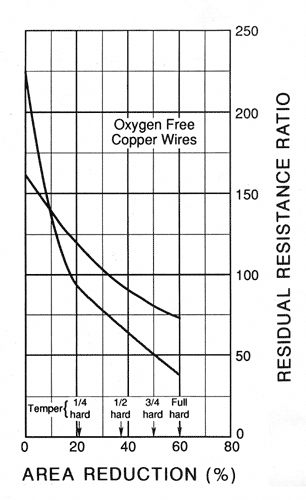

- Nist webook water coefficient of thermal expansion plus#
- Nist webook water coefficient of thermal expansion free#
Par consequent, nous utilisons une methode de Runge-Kutta au quatrieme ordre avec technique de tir pour resoudre ces equations. Cependant, les equations decrivant le flot d'un fluide supercritique sont couplees et non lineaires. Le nombre de Nusselt est egalement etudie, afin de determiner les caracteristiques du transfert de chaleur de l'eau supercritique.
Nist webook water coefficient of thermal expansion plus#
Les valeurs du coefficient d'expansion calculees avec cette equation d'etat sont plus pres des donnees du NIST que celles obtenues des equations d'etat de Van der Waals (EDE-VW/VW-EOS) et du gaz parfait (EDE-GP/ 'IG-EOS). Nous utilisons l'equation d'etat de Redlich-Kwong (EDE-RK/RK-EOS) pour calculer le coefficient d'expansion dans la region supercritique. Une equation appropriee pour le coefficient d'expansion thermique dans la region du fluide supercritique est obtenue sur l'approche de l'equation d'etat (EDE/EOS), en fonction du facteur de compressibilite, de la pression et de la temperature. Nous etudions ici le transfert de chaleur par convection libre, caracteristique d'un ecoulement d'eau supercritique sur une plaque etirable. Key words: supercritical water, stretching sheet, RK-EOS, VW-EOS, reduced temperature.
Nist webook water coefficient of thermal expansion free#
The RK-EOS is the suitable EOS approach for predicting the free convection properties of water in a supercritical region. Furthermore, the magnitude of local heat transfer rate increases with increasing values of unsteady parameter. Also, the local skin-friction coefficient decreases for increasing values of reduced pressure and reduced temperature. The calculated values of the thermal expansion coefficient using RK-EOS lies in the proximity of NIST data values when compared to Van der Waals and ideal gas equations of state. Furthermore, the component of the normal velocity profile decays for increasing values of the unsteady parameter in the supercritical fluid region. Also, the axial velocity profile shows the dual behaviour for increasing values of unsteady parameter, reduced temperature, and reduced pressure in the supercritical boundary layer region. The present study reports that the normal velocity profile decreases and the temperature field increases for increasing values of reduced pressure and reduced temperature. Similarity solutions are obtained in terms of flow profiles in the supercritical fluid region. Numerical computations are performed for supercritical water under the influence of various control parameters. Hence, the Runge-Kutta fourth-order integration scheme with shooting technique is used to solve these equations. However, the equations governing the supercritical fluid flow past a stretching sheet are coupled and nonlinear in nature. Also, the behaviour of Nusselt number is studied to characterize the heat transfer characteristics of supercritical water. The values of the thermal expansion coefficient calculated through RK-EOS lies close to the NIST data values when compared to the other equations of state like the Van der Waals equation of state and ideal gas EOS. In the present study, the Redlich-Kwong equation of state (RK-EOS) is used to calculate the thermal expansion coefficient in the supercritical region. A suitable equation for the thermal expansion coefficient in a supercritical fluid region is derived based on the equation of state (EOS) approach in terms of compressibility factor, pressure, and temperature. Another (partly) isenthalpic process is expansion across an expander (as in a turbo-expander).Abstract : The present numerical study examines the free convection heat transfer characteristics of supercritical water flow past a stretching sheet. a 5000 metres deep well with an average density of 300 kg/m³ woudl experience 150 bar dP just because of the static column (grossly simplified since the density changes from bottom to top but still).

get isentropic expasion (partially) in an oil/gas well - since some of the pressure difference from bottom to top comes from the staic collumn in the well. The cooling comes from expansion (PV=nRTZ) and the offset is due to the process as describe by FredRosse. in an expander) but for a liquid is not that much.Īnd JT coefficient is just the thermo dyn. For a gas there's a big difference between an isenthalpic and an isentropic expansion (e.g. Its a part of it but JT is a fancy word for an isenthalpic expansion.


 0 kommentar(er)
0 kommentar(er)
